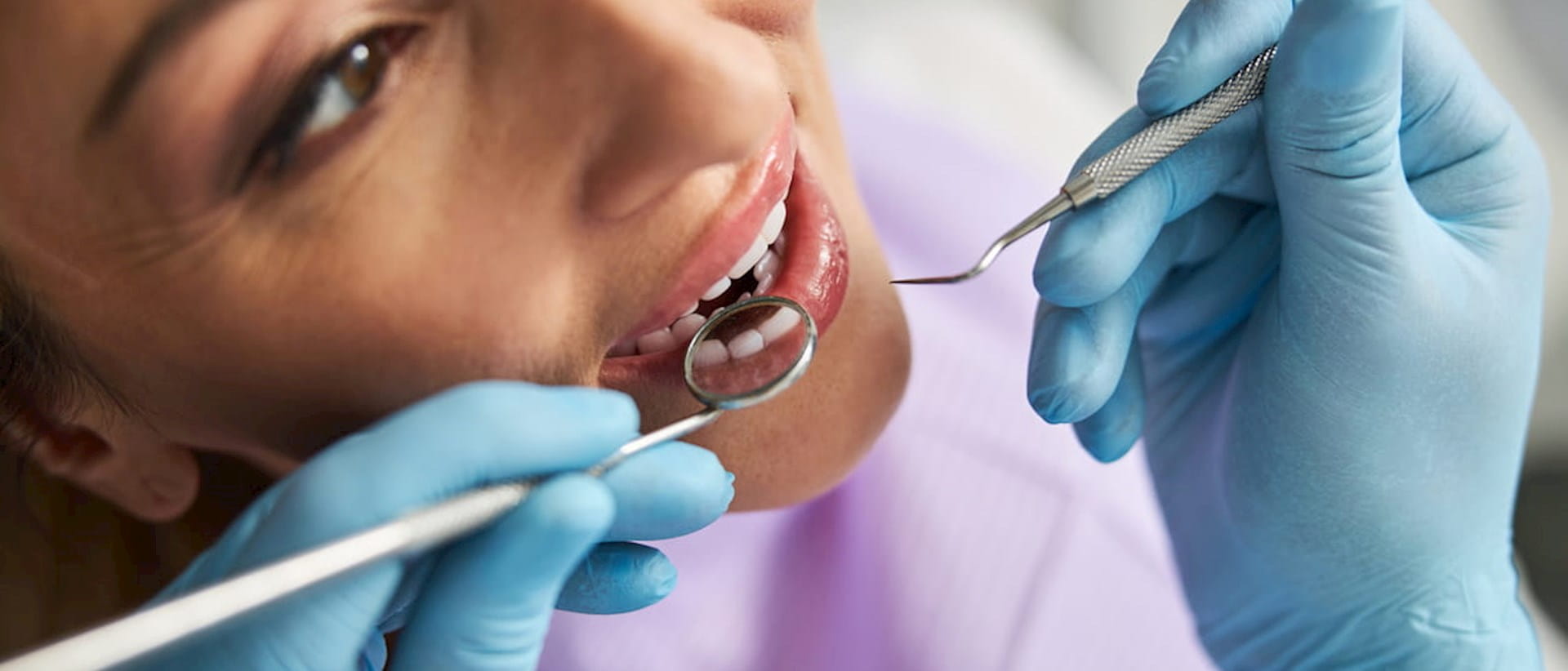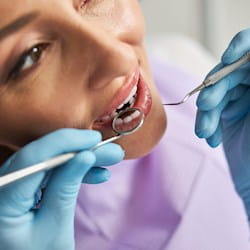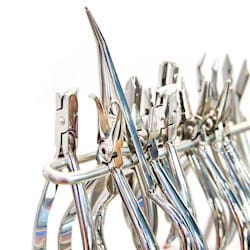BACKGROUND
Mrs W attends her dental surgery complaining of pain in the right side of her lower jaw. Her last appointment was 16 months ago and in the interim her regular dentist has retired. She is seen by Dr F and review of her records reveals that a previous radiograph indicated caries at LR7 – but Mrs W had failed to attend for scheduled treatment.
Dr F advises Mrs W to make a further appointment as soon as possible to treat the caries.
Six months later Mrs W attends an emergency appointment having lost an inlay at LR6. Dr F undertakes another examination and then runs through treatment options. Mrs W elects to have the inlay recemented. Dr F notes discussion with Mrs W regarding the need for a further appointment to treat LR7.
Mrs W returns to the surgery a week later and occlusal decay at LR7 is removed and a composite filling placed and adjusted. Dr F records that bite wing radiographs are required at the next exam.
A month later Mrs W attends a different dental centre to discuss potential treatment to straighten her teeth. A panoral radiograph is taken and decay is identified at LR7 despite Mrs W insisting the tooth was only just restored. New restorations are carried out on both LR7 and LR6 at the dental centre, along with restorations on a number of other teeth in preparation for orthodontic treatment.
A letter of claim is later sent to Dr F by solicitors on behalf of Mrs W alleging negligent care in her dental treatment. The letter states that Dr F failed to take bitewing radiographs to assess the progression of decay in LR7. It is also alleged that the restorations at LR6 and LR7 were substandard, with Dr F failing to completely remove decay.
ANALYSIS/OUTCOME
An MDDUS dental adviser reviews the case along with a lawyer, and an expert opinion is obtained from an experienced general dental practitioner.
The expert notes that the patient records indicate that radiographs were taken 16 months prior to the first consultation with Dr F and she does not consider there was a failure (by any reasonable standard) in not undertaking further radiographs, given an established diagnosis of caries at LR7. Mrs W had been advised to make an appointment for treatment.
In regard to the treatment to replace the inlay at LR6, the expert can find no evidence of pre-existing decay. Indeed subsequent records from the new dental practice which replaced the inlay at LR6 clearly state that the existing cavity was caries free. Commenting on the treatment provided at LR7, the expert opines that bitewing radiographs taken by the new dental centre do show a radiolucent area beneath the filling, but due to its shape and smooth edge it is clearly a lining material and not caries.
The expert therefore concludes that there has been no breach of duty on the part of Dr F and questions the need for new restorations in both teeth.
A letter of response is drafted by MDDUS in which both breach of duty and causation (consequences of any negligence) are denied. Confirmation is later received by the claimant's solicitors that the case is no longer being pursued.
KEY POINTS
- Clear and comprehensive clinical records are essential in defending negligence claims.
- A clinician cannot be held liable if providing care in accordance with practices accepted as proper by a responsible body of other clinicians of that specialism.
This page was correct at the time of publication. Any guidance is intended as general guidance for members only. If you are a member and need specific advice relating to your own circumstances, please contact one of our advisers.
Save this article
Save this article to a list of favourite articles which members can access in their account.
Save to library



